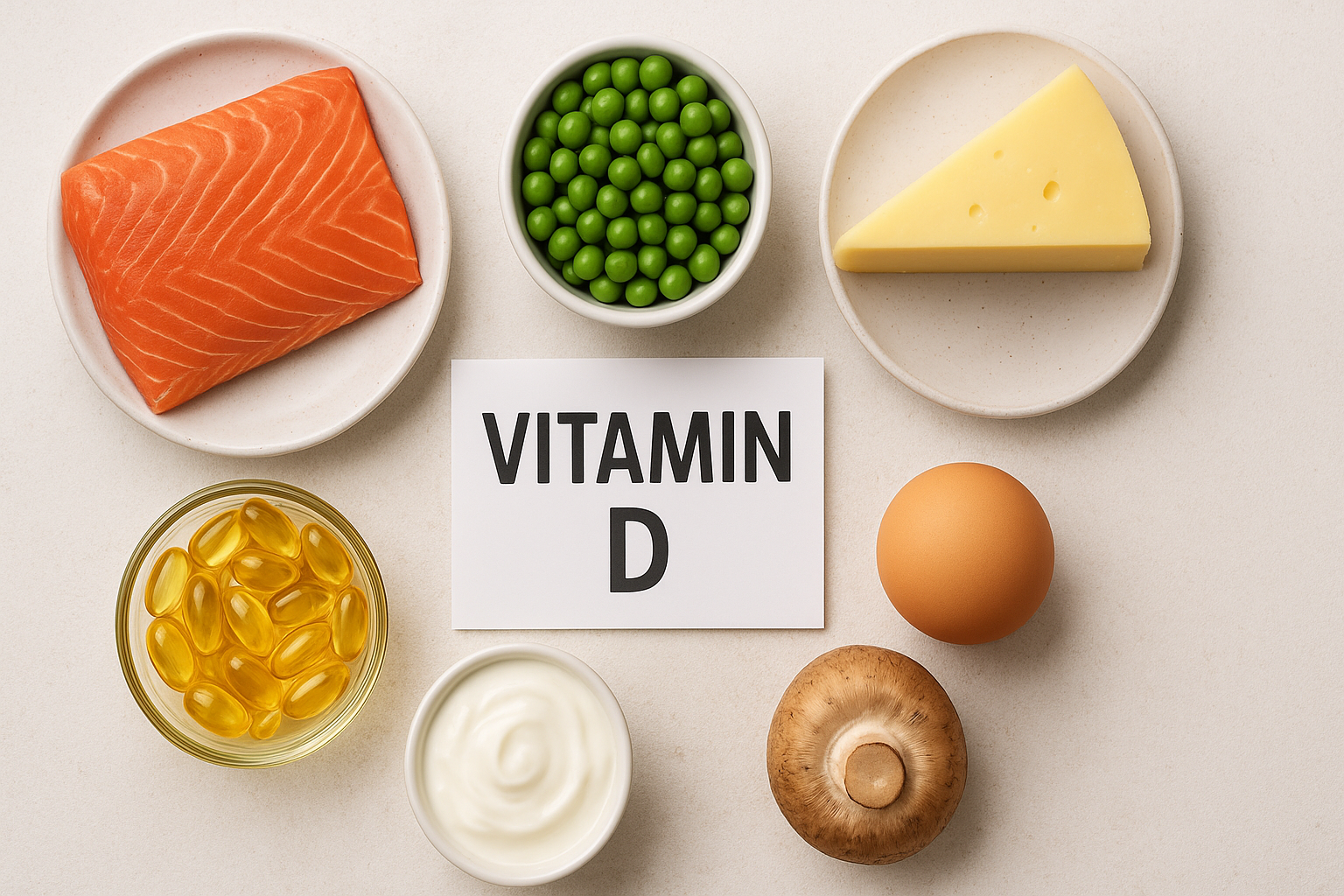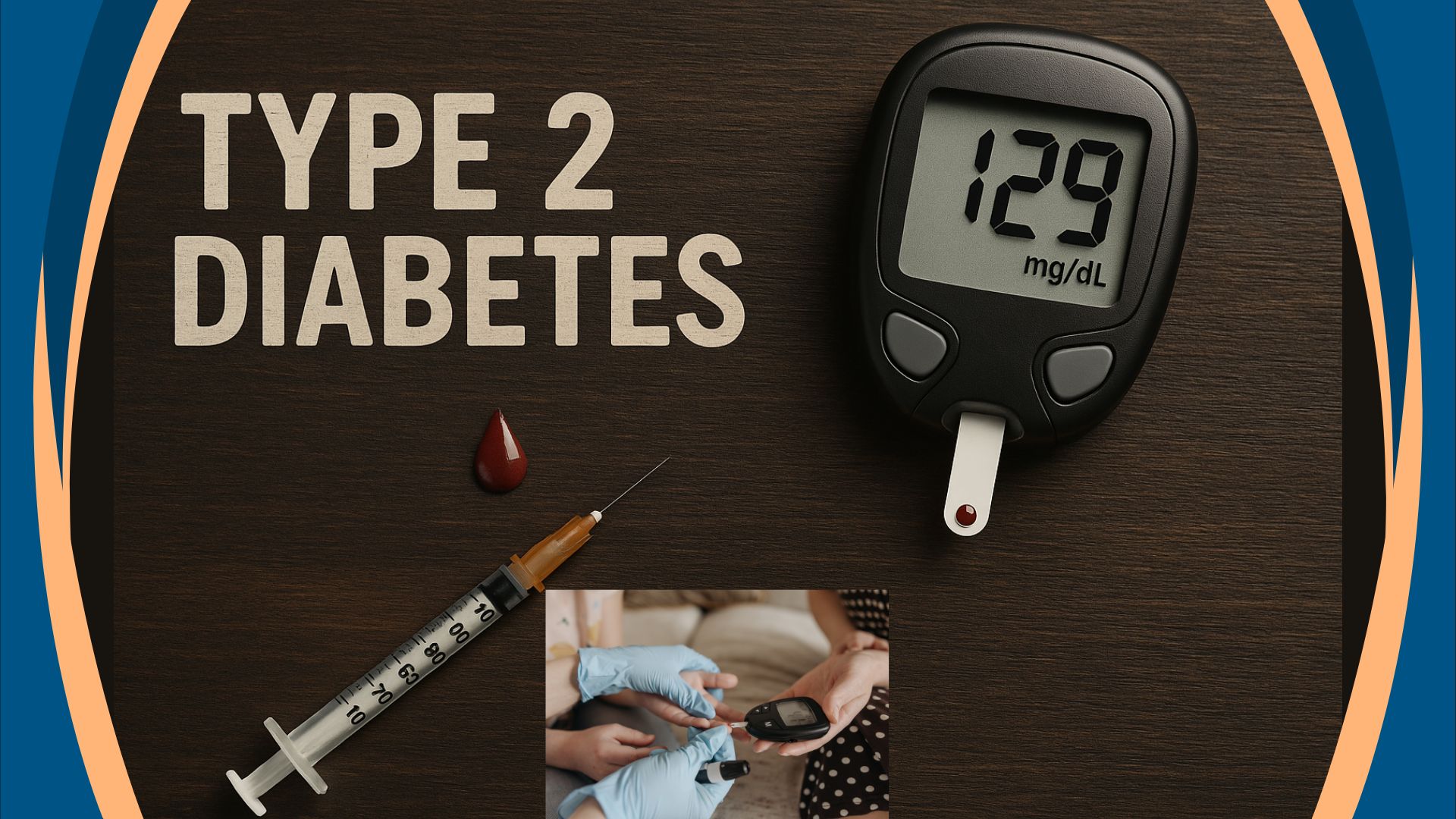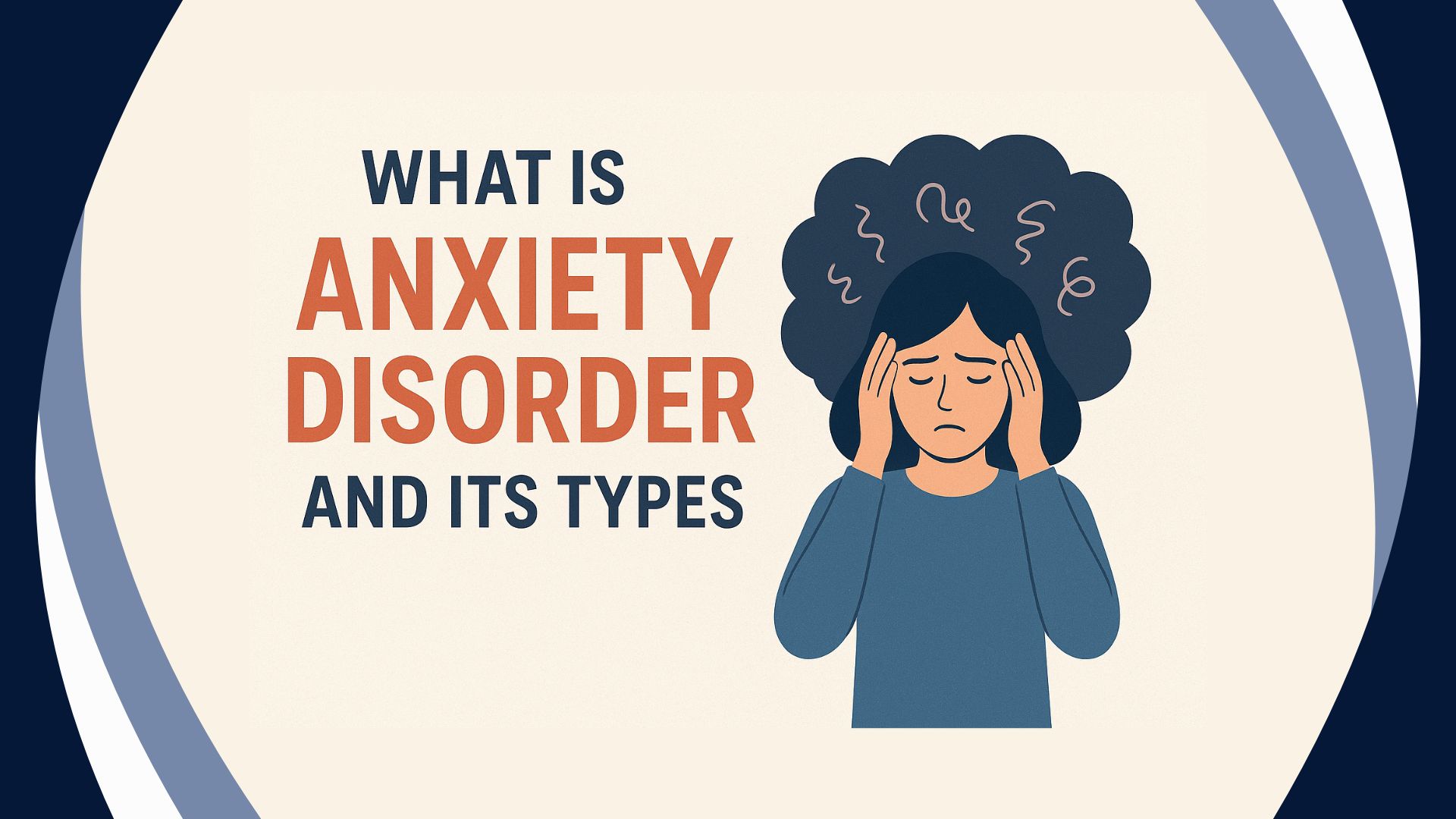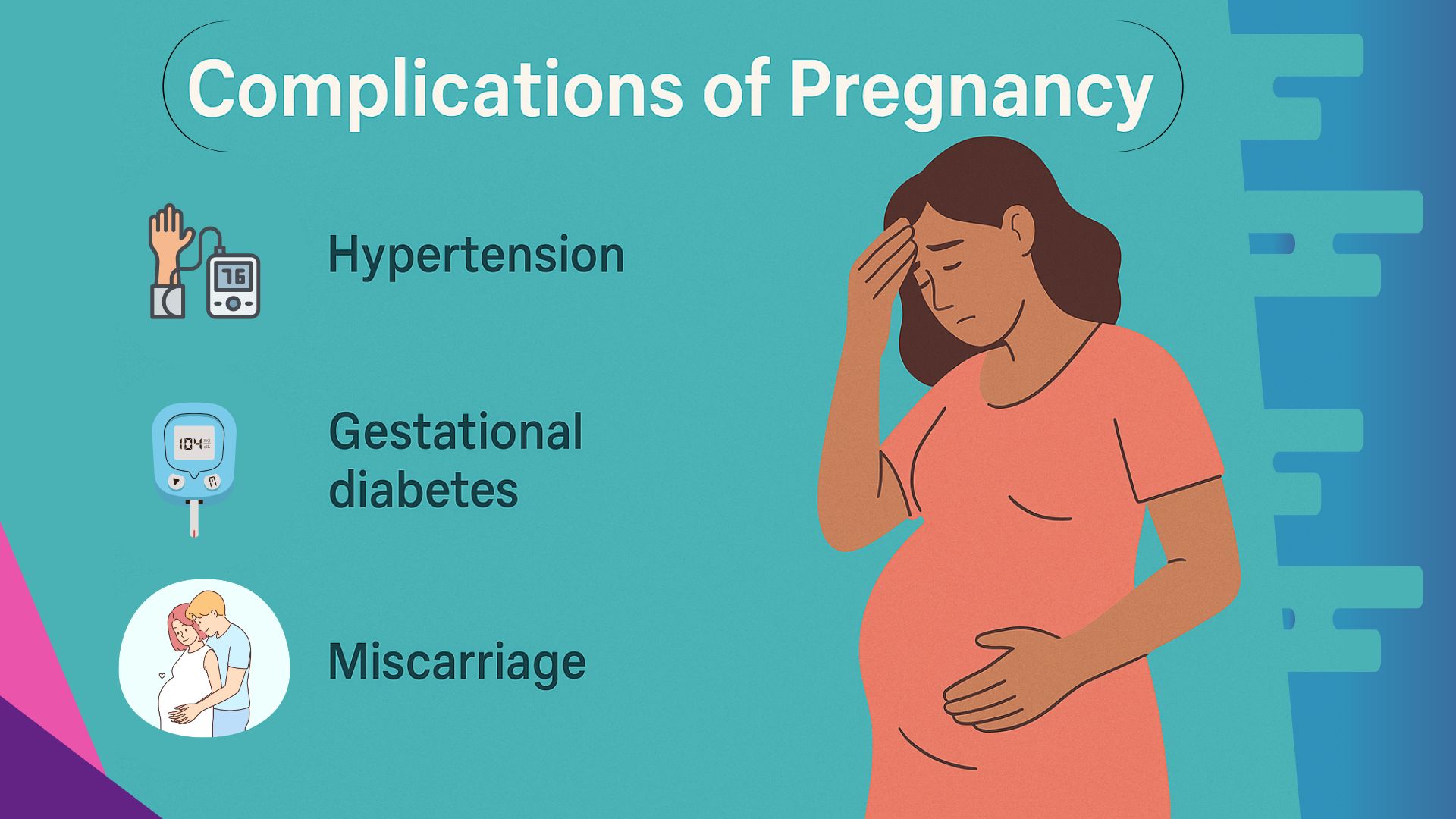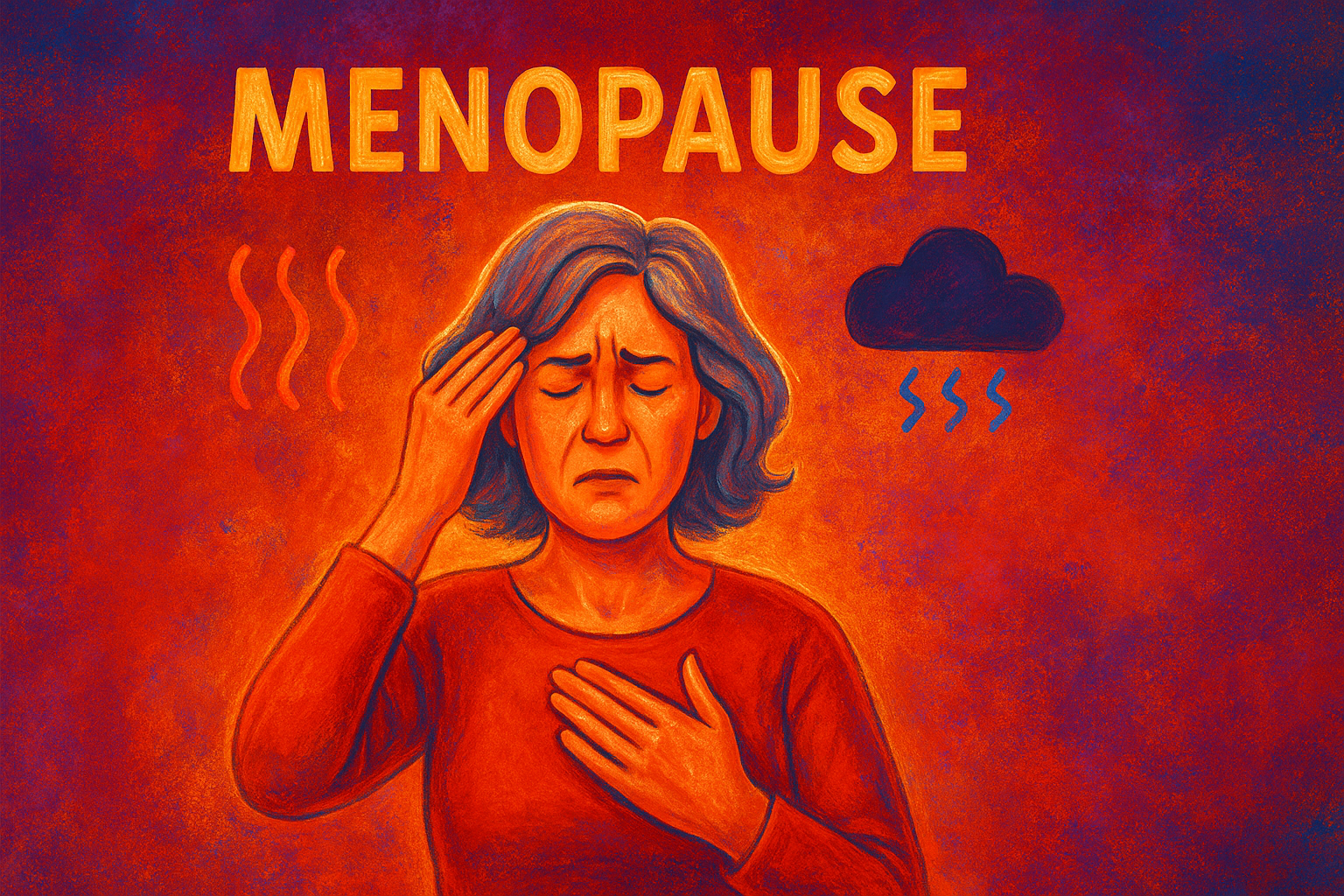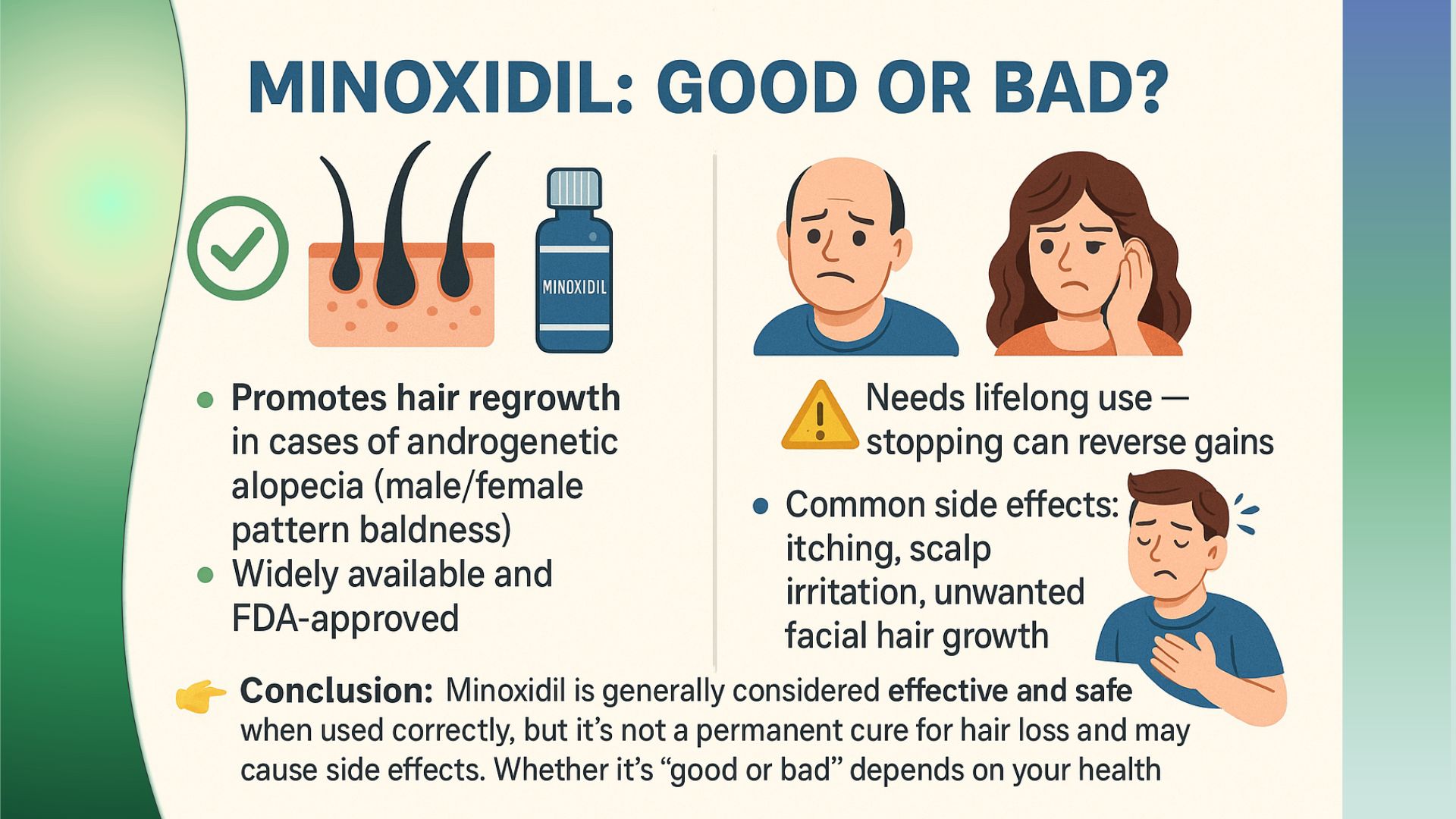Psoriasis
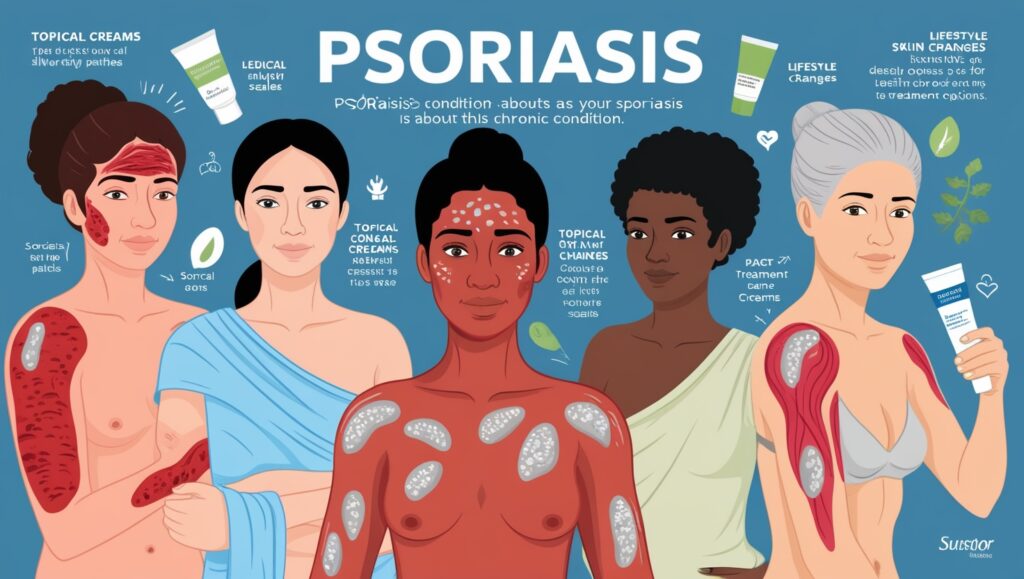
Psoriasis, a chronic skin condition, involves the rapid growth of skin cells, leading to the formation of thick, scaly patches on the skin. These patches, called plaques, are often red, inflamed, and covered with silvery-white scales. While psoriasis patches can appear anywhere on the body, they typically occur on the scalp, elbows, knees, and lower back.
Symptoms
Causes
Treatment
While we do not fully understand the exact cause of psoriasis, researchers believe it relates to an overactive immune system. Instead of the usual skin cell turnover cycle, which typically takes about a month, it speeds up this process to just a few days. Consequently, this accelerated cell turnover leads to a buildup of cells on the skin’s surface.
It’s ranges from mild to severe and often associates with other health conditions, such as arthritis, particularly (psoriatic arthritis). Symptoms can vary from person to person and may include itching, burning, and soreness in the affected areas.
Treatment options for psoriasis aim to manage symptoms and include topical treatments (creams and ointments), phototherapy (exposure to ultraviolet light), and systemic medications (oral or injected drugs that work throughout the body). Managing it often requires a combination of treatments and lifestyle adjustments to help control flare-ups and maintain skin health.
Types of Psoriasis
It is a chronic autoimmune condition that causes rapid skin cell production, leading to scaly patches on the skin. There are several types it includes :
- Plaque Psoriasis: The most common form, characterised by raised, red patches covered with thick, silvery scales. Typically found on the elbows, knees, scalp, and lower back.
- Guttate Psoriasis: Often starts in childhood or young adulthood, presenting as small, drop-shaped lesions on the torso, arms, legs, and scalp. It may be triggered by infections like strep throat.
- Inverse Psoriasis: Appears as bright red, shiny lesions in skin folds, such as under the breasts, in the groin, or around the buttocks. It often lacks the typical scaling.
- Pustular Psoriasis: Characterised by white pustules (blisters of noninfectious pus) surrounded by red skin. It can be localised or widespread and may be associated with fever and chills.
- Erythrodermic Psoriasis: A severe form that leads to widespread, fiery redness covering most of the body. It can cause intense itching or pain and may require urgent medical attention.
- Nail Psoriasis: Affects the nails, causing pitting, discolouration, and separation from the nail bed.
- Psoriatic Arthritis: Though primarily a joint condition, it often occurs alongside psoriasis. It leads to joint pain and swelling, which can significantly impact mobility.
Each type of psoriasis may vary in severity and can be influenced by factors like stress, infections, and skin injuries. Treatment options also vary depending on the type and severity.
Common symptoms:
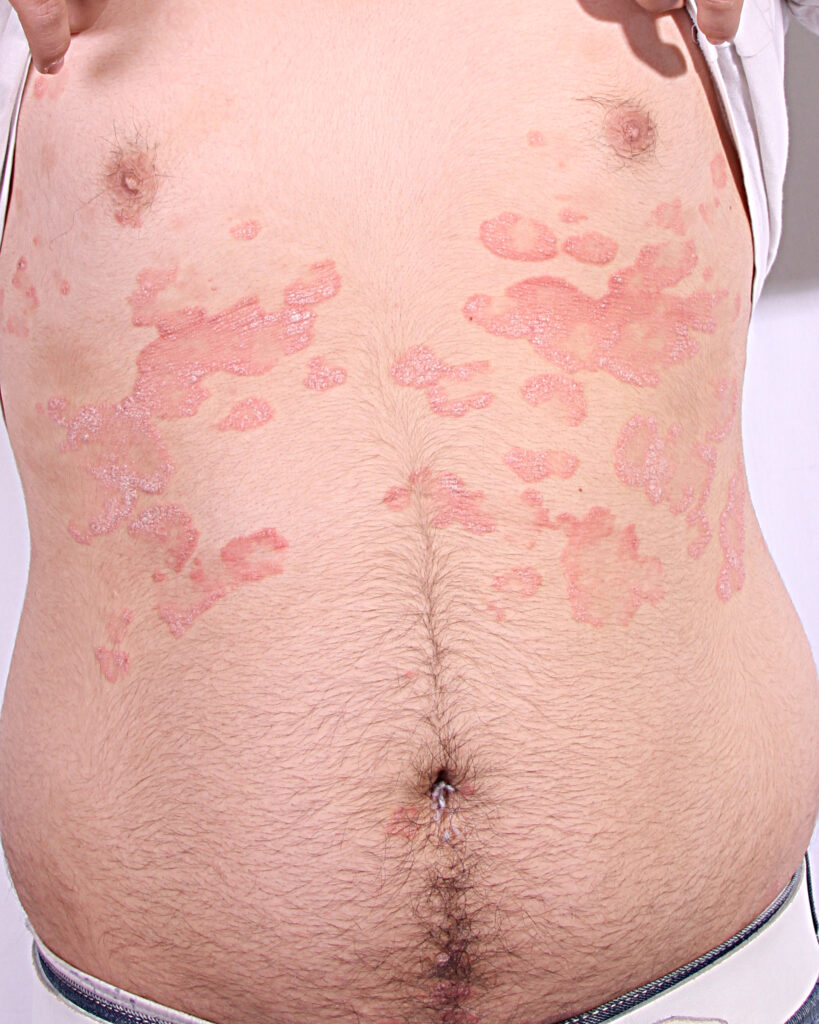
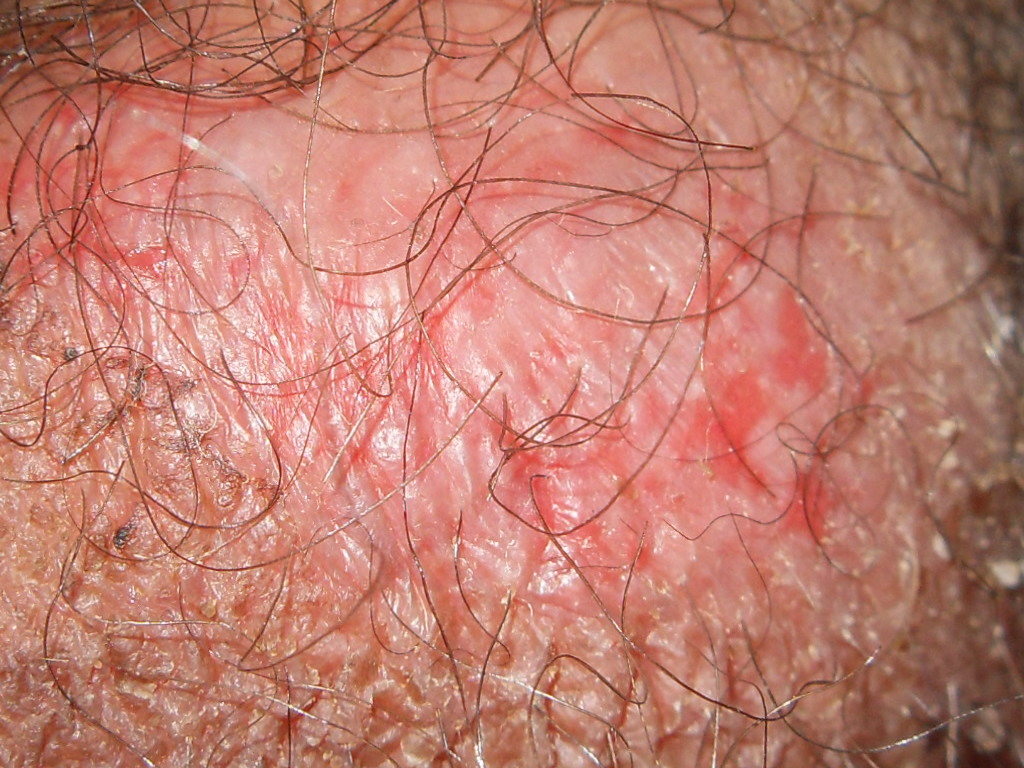
- Red, Scaly Patches: Thick, inflamed patches of skin covered with silvery scales.
- Itching and Soreness: Affected areas may itch or feel sore.
- Dry, Cracked Skin: The skin may become dry and cracked, potentially bleeding.
- Nail Changes: Pitting, thickening, or discoloration of the nails may occur.
- Joint Pain: In some cases, it is associated with psoriatic arthritis, causing joint pain and swelling.
Causes of Psoriasis :
- Environmental Factors: Stress, infections, skin injuries, and certain medications can trigger or worsen the skin disease.
- Immune System Dysfunction: Psoriasis is thought to be triggered by an overactive immune system that speeds up skin cell growth.
- Genetics: A family history of psoriasis can increase the likelihood of developing the condition.
Treatments and Prevention for Psoriasis :
- Topical Treatments: Creams and ointments containing corticosteroids, vitamin D analogs, or tar to reduce inflammation and slow skin cell growth.
- Phototherapy: Exposure to ultraviolet (UV) light to slow down skin cell production and reduce inflammation.
- Systemic Medications: Oral or injected medications that work throughout the body, including biologics and traditional systemic drugs.
- Lifestyle Changes: Managing stress, avoiding triggers, and maintaining a healthy diet can help control symptoms.
- Avoid Triggers: Identify and avoid personal triggers such as stress, infections, or certain medications.
- Skin Care: Keep skin moisturized and avoid skin injuries or irritations.
- Healthy Lifestyle: Maintain a balanced diet, exercise regularly, and avoid smoking and excessive alcohol consumption.
- Regular Check-Ups: Work with a healthcare provider to monitor and manage the condition effectively.
By understanding and addressing these aspects, individuals with psoriasis can better manage their condition and improve their quality of life.


